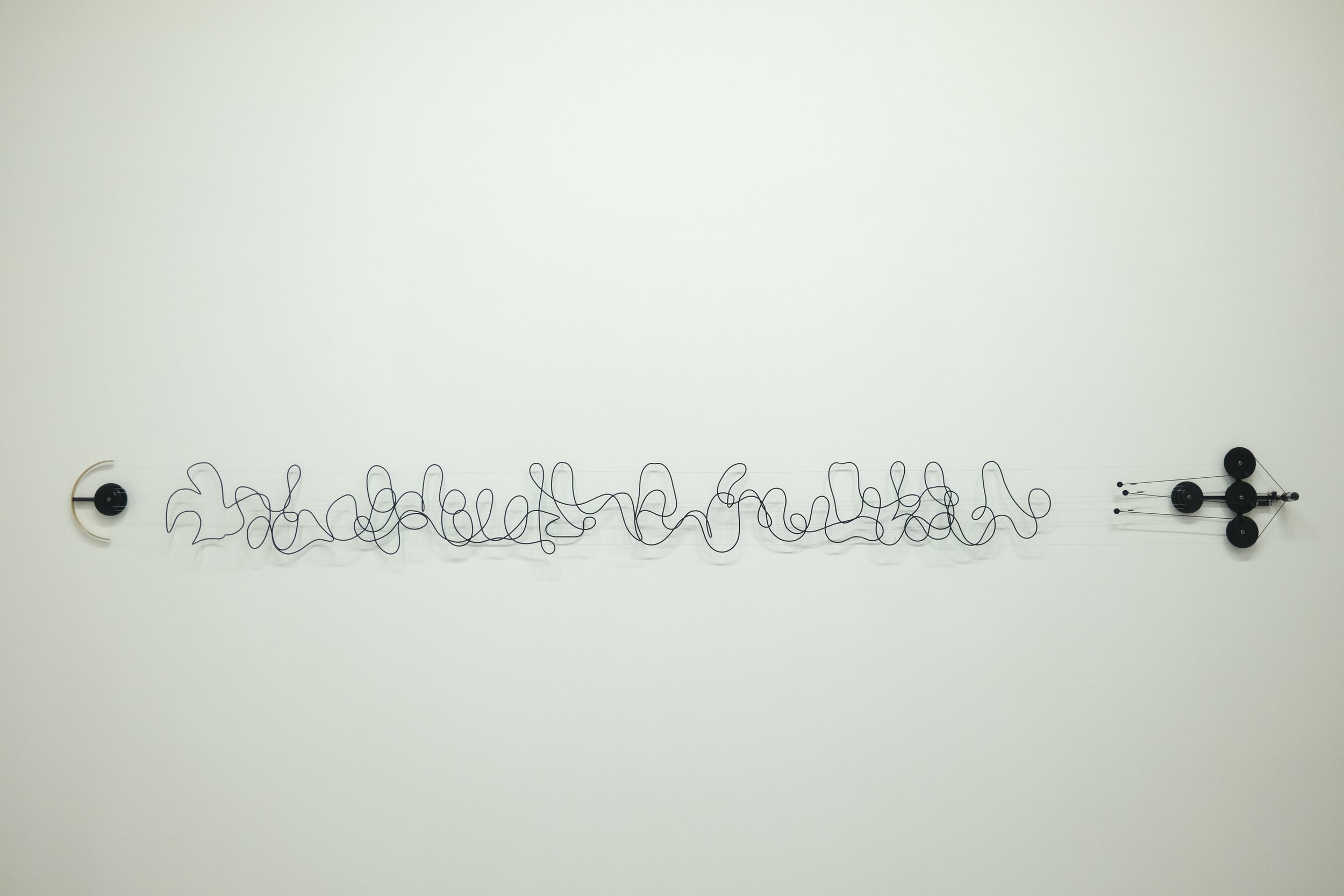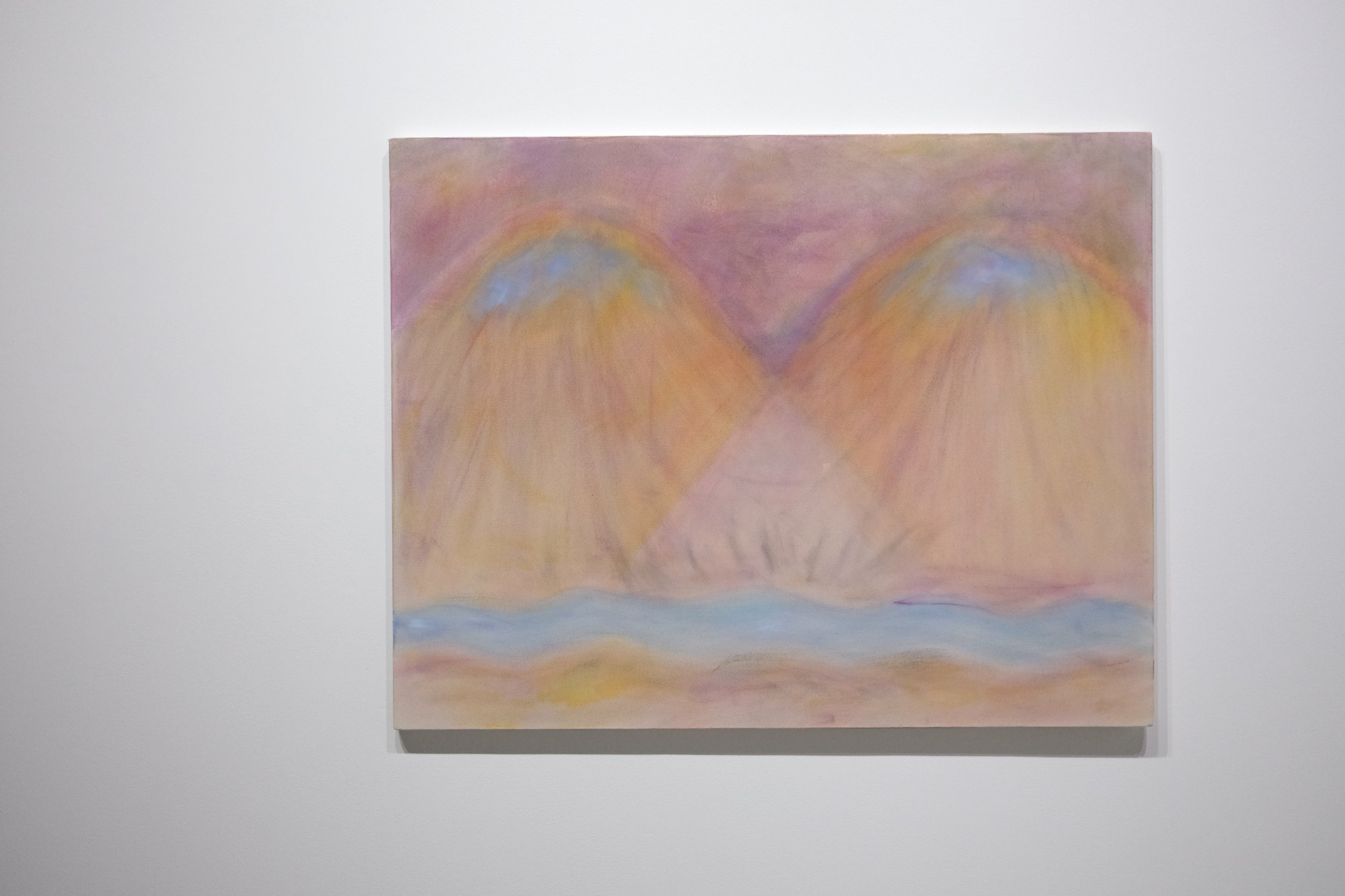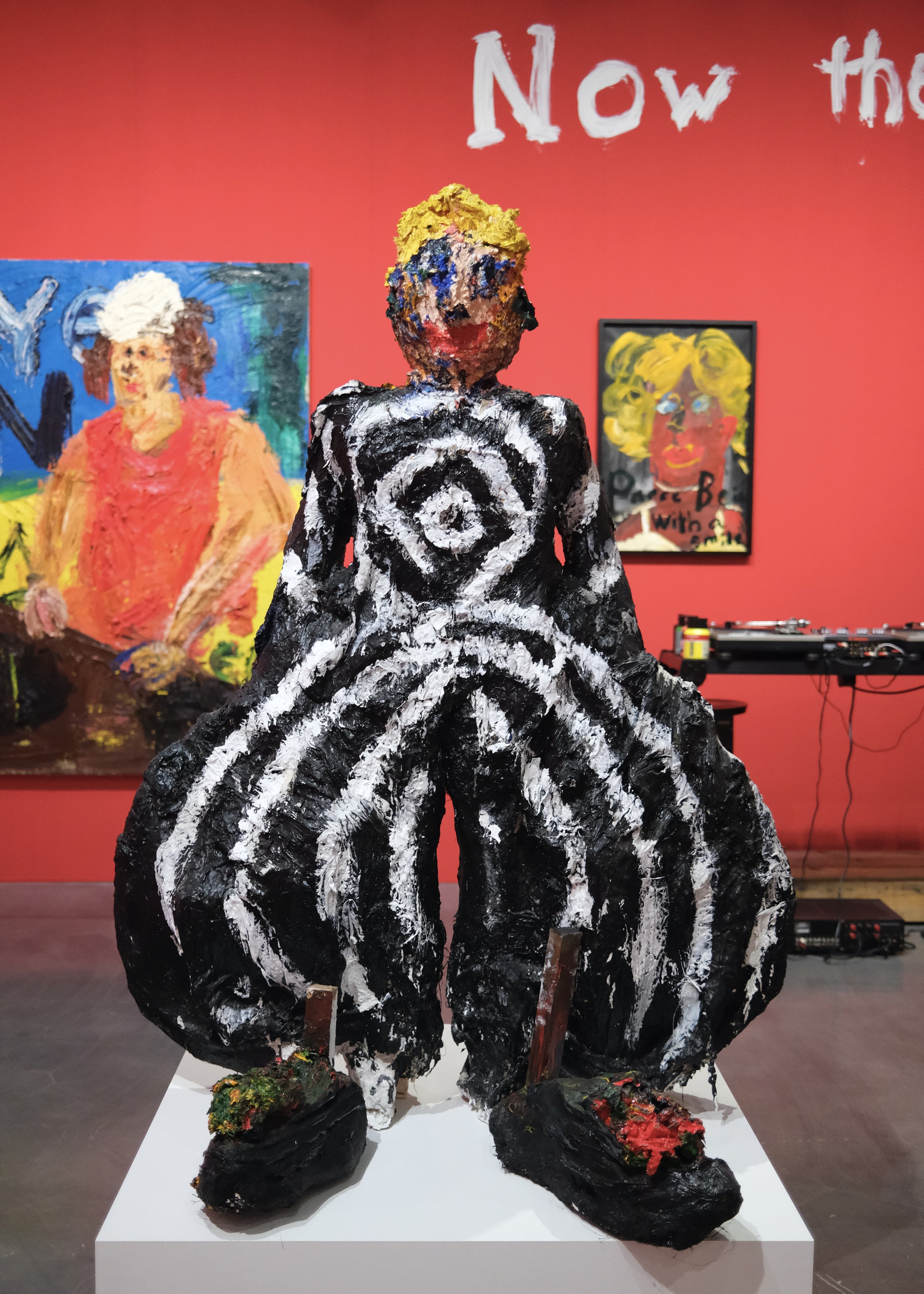Again and again, I return to this question of who among us can see the angels, and why they are so often invisible to the preponderance of people in the contemporary world. In past epochs, visionaries and prophets, mystics and poets were privy to the shimmering resplendence of the celestial choir flitting about in the cosmos. I, who have never seen an angel, and can scarcely believe that such a creature is possible, am envious of William Blake with his espying them in the trees at nightfall, every golden wing quivering in the sunset, every halo glowing in the dusk. As with so much of that which ails us—our nihilism and our prejudices, our alienations and our oppressions-I've long favored that myth of disenchantment, that faith that at one point the ladder to heaven was a bit sturdier and one need not have been as remarkable a soul as Blake to hear the flapping of the angels' wings. "There is a widespread sense of loss here," writes the philosopher Charles Taylor in A Secular Age, "if not always of God, then at least of meaning." I'm not sure that an overabundance of meaning was ever the birthright of humanity, but like all creation myths, this parable about disenchantment does what it needs to do in aiding me to make sense of the world. Because an angel is not something to be etherized and anatomized, dissected and categorized; an angel refers to nothing so vulgar as a body that can be examined with scalpel and calipers, but is closer to a fleeting feeling, a figure of speech, a turn of phrase, a sense that there is something greater and truer and more beautiful than you, and that despite it all you are loved and are capable of loving in return. For you see, an angel is merely love that is given a proper name, grace that is imagined with a face. A blessed wisdom that is so close we can sometimes hear it call to us in our names, the reminder of a wholly foreign and holy Other beautiful and irrational goodness. -ED SIMON Elysium page 15










































































































































































































































































































































































































































































































